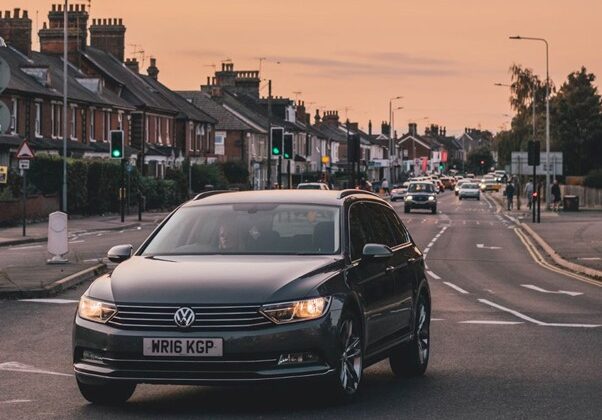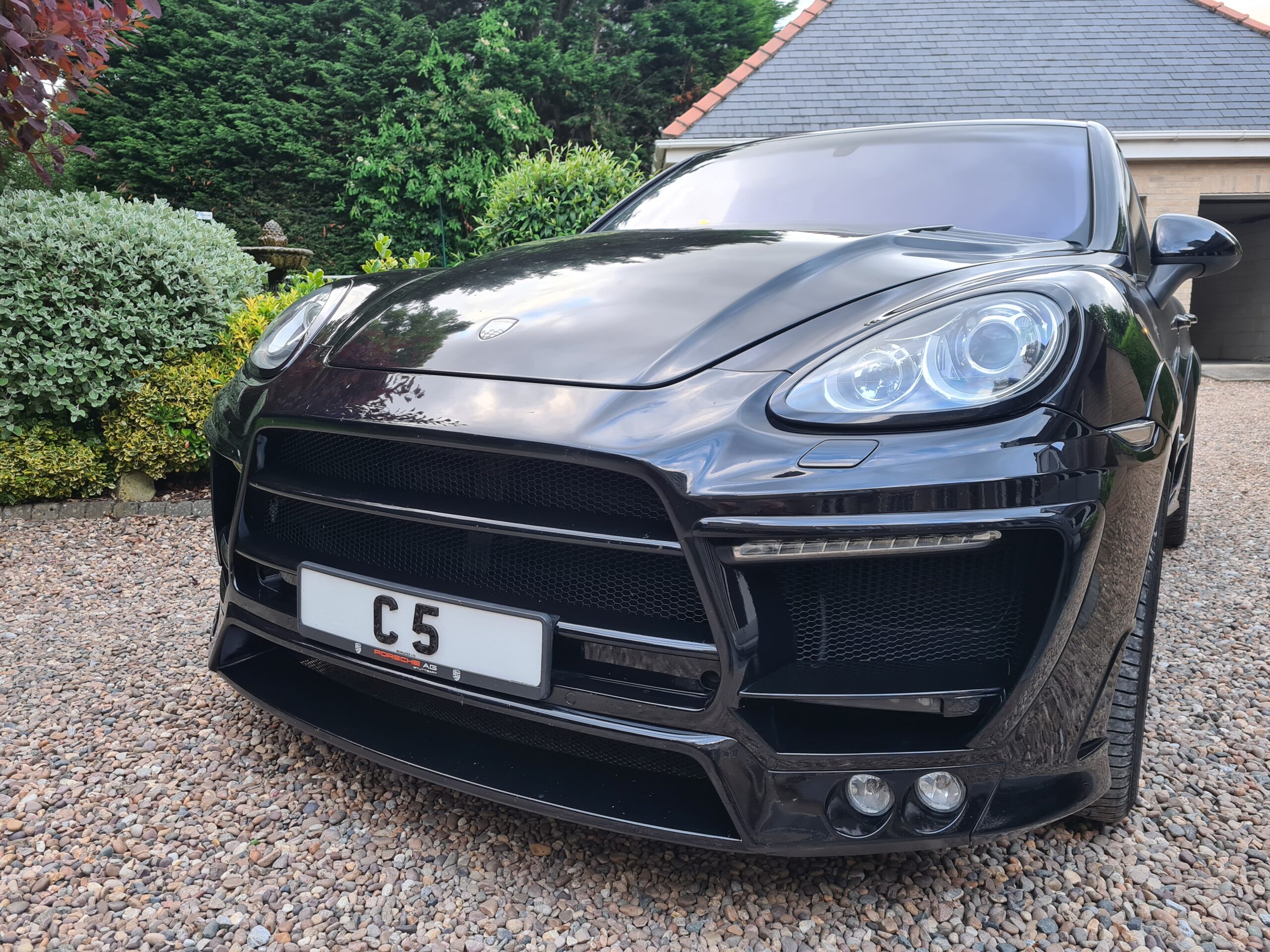
Thinking of personalising your vehicle with a private number plate? Whether you’re considering a personalised plate to give your car a unique touch or simply want to stay informed about the rules, understanding the finer details of number plate laws is essential.
Private and personalised number plates can be a great way to make a vehicle more personal. They’ve become increasingly popular, but there are strict rules for customising them in compliance with UK laws.
Non-compliant number plates can result in fines and penalties. They can also make it difficult to pass your vehicle’s MOT test. Therefore, ensuring your plates meet the current standards is crucial.
We’ve created a useful guide that will shed light on the key rules you need to follow to stay compliant with the law.
What to Look Out For with Number Plate Laws in the UK
Precise Characters
Number plate characters must meet specific standards:
- Height: 79mm
- Width: 50mm (excluding the number ‘1’ or letter ‘I’)
- Stroke thickness: 14mm
- Spacing: 11mm between characters, with a 33mm gap between the age identifier and other characters
- Margins: 11mm around the edges
Plates must use the Charles Wright font, the only font approved for UK number plates.
Green Plates: For EVs Only
While you can customise your plate with flags like the Union Jack, the Welsh Dragon, or the Cross of St. George, the EU flag is no longer permitted. The green strip, which signifies zero emissions, is exclusively for electric vehicles.
Visibility
Your front and rear number plates must always be completely visible. Keep them clean and free of obstructions, driving with a number plate obscured by dirt or grime is an offence. Plates must be legible at all times. This is particularly important in winter when mud and salt can quickly obscure the plate.
Ensure all surrounding lights are functional, especially for nighttime driving. This is essential for police and Automatic Number Plate Recognition (ANPR) cameras to easily read your registration.
Acrylic and Reflective Standards
Your number plates must adhere to the following rules:
- Made from reflective material
- Black characters on a white background (front) and black characters on a yellow background (rear)
- No patterned backgrounds
- Supplier’s information must be displayed
- Characters must not be removable or reflective
- Plates fitted after 1 September 2021 must feature solid black characters and meet British Standard BS AU 145e. There’s carbon design and other various letter styles for number plates, these are not allowed to be used. There’s also blue outline letters, which cannot be used. The letters must be black and have no other variation.
Age-Appropriate Plates
Your number plate cannot suggest your car is newer than it is. For instance, a car registered in 2002 cannot display a plate with an age identifier from 2020. This avoids confusion about the vehicle’s age.
Use Reg Plates
As an official DVLA-registered supplier, we have plenty of options at Reg Plates that all meet British standards and comply with DVLA regulations, helping you avoid fines and find the perfect number plate.
Travelling in Europe
When driving in Europe (except Ireland), UK-registered vehicles must display a UK identifier. If your plate already includes a Union Jack flag, a separate UK sticker is unnecessary.
What About Imported Vehicles?
Before an imported vehicle can legally be driven on UK roads, it must be registered with the Driver and Vehicle Licensing Agency (DVLA). As part of this process, you’ll receive a UK registration number, which must be displayed on the number plates.
While waiting for UK registration, you can use the original foreign plates. However, the vehicle must be insured and meet UK roadworthiness standards. Once registered, you must replace the foreign plates with UK-compliant ones.
Imported vehicles from EU countries could display EU-style number plates with the “GB” or “UK” identifier under the European flag. Post-Brexit, these plates are no longer compliant. Instead, UK plates with a Union Jack and “UK” identifier are required for travel within Europe.
What are the Main Requirements for 3D and 4D Number Plates?
The key requirements for these plates include:
- Reflective material: The material used must be reflective.
- Solid black font: The characters must be in solid black font. Two-tone fonts that mimic a 3D effect are not allowed.
- Colour scheme: The front plate must have black letters on a white background, while the rear plate must have black letters on a yellow background.
- Character size and spacing: Specific dimensions apply to the characters and spacing between them. For instance, all characters must be 79mm tall and 50mm wide (except ‘1’ and ‘I’), with a stroke thickness of 14mm and a space of 11mm between characters.
- No background patterns: The plates cannot have any background patterns.
Can I still purchase 4D plates?
Yes, you can still buy 4D number plates, but it is essential to ensure that they meet the latest DVLA regulations, particularly those introduced in September 2021 and March 2022.
Bikes and Motorcycles Have Different Rules
Motorcycles and motor tricycles follow separate number plate size regulations. Plates must be fixed at the rear and cannot be displayed at the front. Failing to adhere to this will lead to penalties.
BS AU 145d2 sets requirements for visibility, strength, and reflectivity for motorbike number plates. There must be a British Standard number, manufacturer/supplier identification, as well as the manufacturer’s name and address.
The characters on the number plate must meet specific dimensional requirements: 64mm tall and 44mm wide, and the stroke must be 10mm, with 10mm spacing between each character.
A motorbike’s number plate must be yellow and black if it was registered on or after September 1, 2001. Motorcycles registered before 1st January 1973 or more than 40 years ago can display black and white plates, but they must be registered under the “historic vehicle” tax class, as defined by the DVLA.
Are Plates with the Older BSAU 145d Code Still Valid?
Yes, number plates displaying the BSAU 145d code and purchased before September 2021 remain legal as long as they met the legal requirements at their time of purchase.
Get Affordable Plates with Reg Plates
With over 30 years of experience, we are a trusted DVLA-approved supplier. Purchasing your personalised plates from a reputable source like us ensures compliance with all UK regulations, so you can drive confidently and penalty-free.
Understanding these number plate rules is vital for a smooth and legal driving experience. Follow these guidelines, and enjoy the journey!

Jon Cherry is a Director of leading personalised number plate dealer Regplates.com. Jon has over 25 years industry experience handling some of the most expensive plates ever sold with many high profile and celebrity clients. Active since 1991 in the number plate industry, Jon is currently Chairman of the Cherished Numbers Guild, a trade body representing number plate dealers in the UK. Jon has written many articles on the industry and insight into the future of numberplates and the market as a whole.




